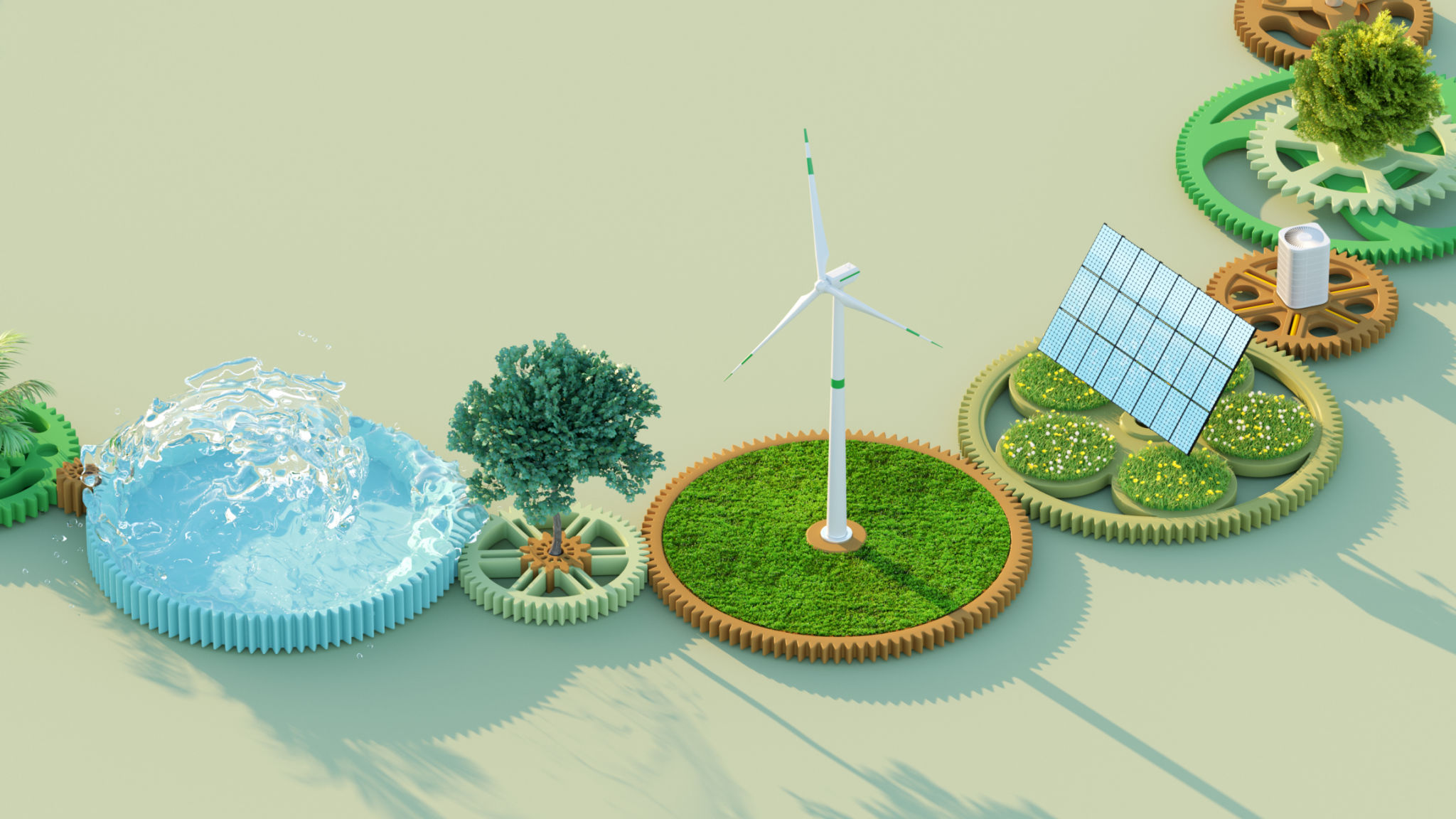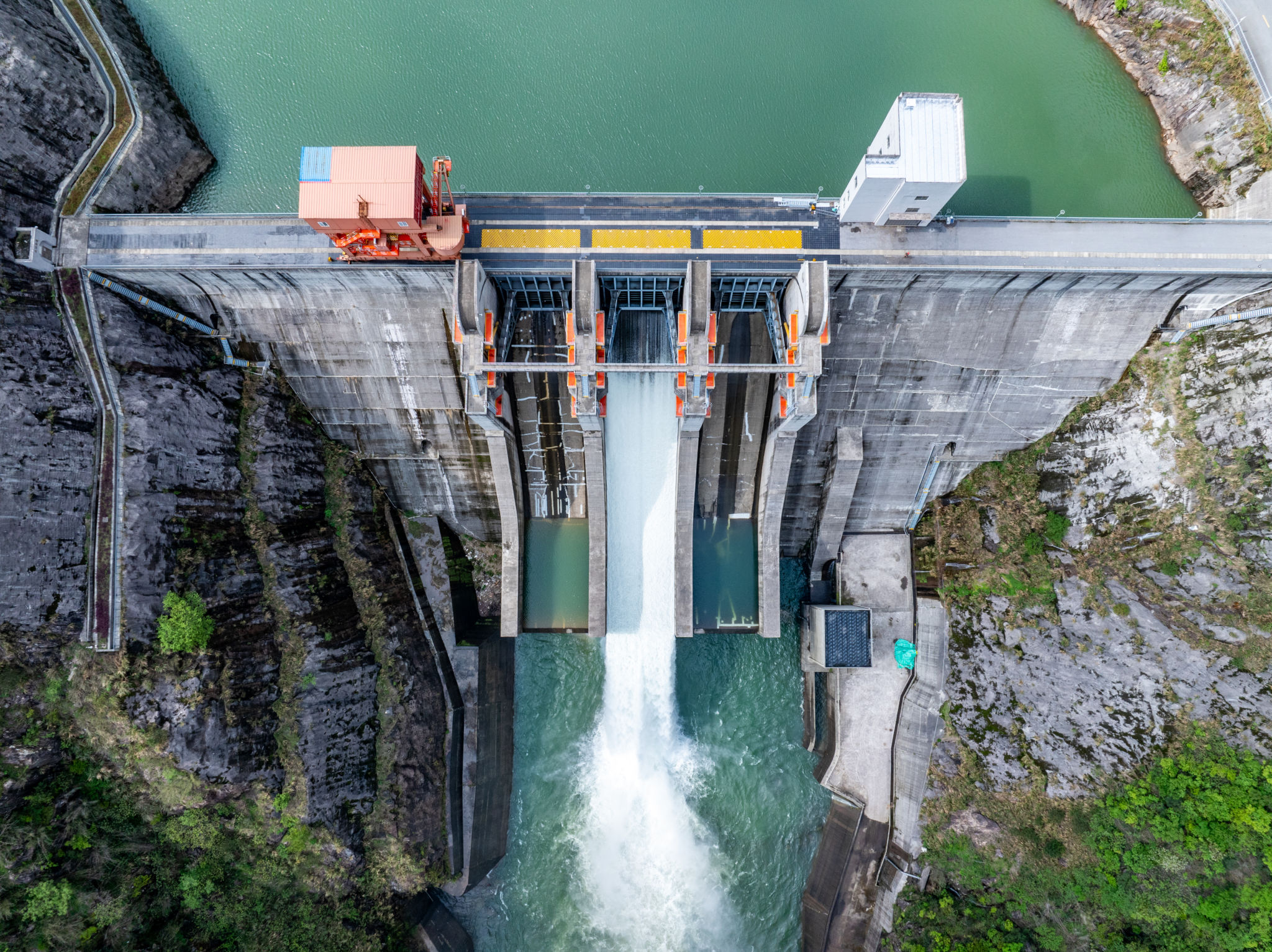Green Energy Foundations in Australia: A Comparative Analysis
Introduction to Green Energy Foundations
Australia has emerged as a leader in the global transition towards sustainable energy solutions. The nation is making significant strides in reducing its carbon footprint by focusing on green energy foundations. These initiatives not only contribute to environmental preservation but also bolster the economy by creating new jobs and fostering technological innovation.
Green energy encompasses a variety of sources, including solar, wind, hydroelectric, and geothermal power. Each of these plays a crucial role in Australia's energy landscape, offering unique benefits and challenges. In this blog post, we will explore the comparative aspects of these green energy foundations and their impact on the Australian energy sector.

Solar Energy: Harnessing the Sun
Australia's abundant sunlight makes it an ideal location for solar energy production. Solar panels are increasingly being installed on residential and commercial buildings, contributing significantly to the national grid. The country's vast, open landscapes provide ample space for large-scale solar farms, which generate substantial amounts of clean electricity.
The cost-effectiveness of solar technology has improved dramatically in recent years, making it accessible to more Australians. Government incentives and rebates have also played a pivotal role in encouraging the adoption of solar systems. As technology advances, solar energy continues to offer a promising pathway toward a sustainable future.
Wind Energy: Capturing the Breeze
Wind energy is another vital component of Australia's green energy strategy. Coastal regions and elevated terrains are particularly suitable for wind farms, which harness the power of the wind to generate electricity. These installations are not only efficient but also have a relatively low environmental impact compared to traditional energy sources.

Technological advancements in turbine design have increased their efficiency and reduced costs, making wind energy a competitive alternative. The integration of wind power into the national grid provides a reliable and steady source of renewable energy, contributing significantly to the country's overall energy mix.
Hydroelectric Power: Energy from Water
Hydroelectric power has long been an essential part of Australia's energy infrastructure. By utilizing the kinetic energy of flowing water, hydroelectric plants produce electricity without emitting greenhouse gases. These facilities often serve as a backbone for the national grid, providing a stable and consistent energy supply.
While hydroelectric power is highly efficient, its expansion is limited by geographical and environmental factors. There is a need to balance energy production with ecological preservation, ensuring that natural habitats are not adversely affected.

Geothermal Energy: The Heat from Within
Geothermal energy remains an underutilized resource in Australia, despite its potential for providing a constant and reliable power supply. This form of energy taps into the Earth's internal heat, which can be converted into electricity or used directly for heating applications.
While geothermal projects require significant initial investment, they offer long-term benefits and minimal environmental impact. Research and development in this field continue to explore innovative ways to harness geothermal energy efficiently.
Conclusion: A Comparative Perspective
Australia's commitment to green energy foundations is evident in its diverse portfolio of renewable energy sources. Each type offers distinct advantages that contribute to the nation's sustainable development goals. The combination of solar, wind, hydroelectric, and geothermal energy provides a balanced approach to reducing carbon emissions and ensuring energy security.
As Australia continues to invest in green technologies, it sets a precedent for other nations aiming to achieve similar sustainability targets. By leveraging its natural resources and technological capabilities, Australia is well-positioned to lead the charge in the global transition to renewable energy.
